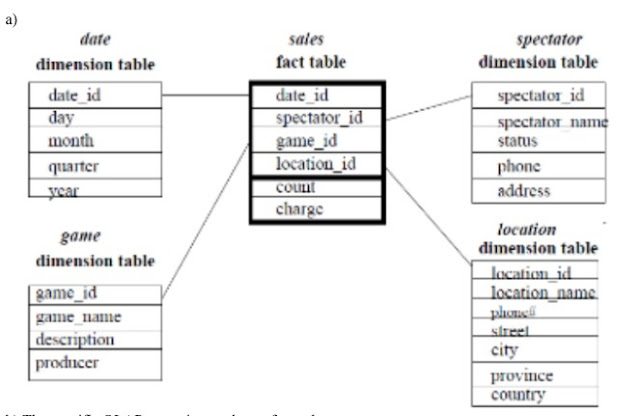Short note on Uniform Gradient Cash Flow and PERT
Uniform Gradient Cash Flow
If the cash flow has the proper form its present worth can be determined by using the uniform gradient factor(P=G(P/G, i, n). The uniform gradient factor finds the present worth a uniformly increasing cash flow. For example, if the cash flow in period 1 is 2000 and in period 2 is 2100. it would be uniform if the subsequent amounts increased by 100 in each subsequent period. This gradient in this example would be equal to 100.
PERT
A PERT chart is a project management tool that provides a graphical representation of a project's timeline. The Program Evaluation Review Technique (PERT) breaks down the individual tasks of a project for analysis. PERT charts are considered preferable to Gantt charts in some cases because they identify task dependencies, but they're often more difficult to interpret.
A PERT chart allows managers to evaluate the time and resources necessary to manage a project. the Project Evaluation Review Technique, or PERT, is used to identify the time it takes to finish a particular task or activity. It is a system that helps in the proper scheduling and coordination of all tasks throughout a project. It also helps in keeping track of the progress, or lack thereof, of the overall project. In the 1950s, the Project Evaluation Review Technique was developed by the US Navy to manage the Polaris submarine missile program of their Special Projects Office.A PERT chart uses circles or rectangles called nodes to represent project events or milestones. These nodes are linked by vectors, or lines, that represent various tasks.
Advantages of PERT
Here are several benefits of using PERT in project management:
- It helps maximize the use of resources.
- It makes project planning more manageable.
- It’s useful even if there is little or no previous schedule data.
- It enables project managers to better estimate or determines a more definite completion date.
Disadvantages of PERT
Like any other method, PERT comes with its share of limitations:
- In complex projects, many find PERT hard to interpret, so they may also use a Gantt Chart, another popular method for project management.
- It can be tedious to update, modify, and maintain the PERT diagram.
- It entails a subjective time analysis of activities and, for those who are less experienced or are biased, this may affect the project’s schedule.



Comments
Post a Comment